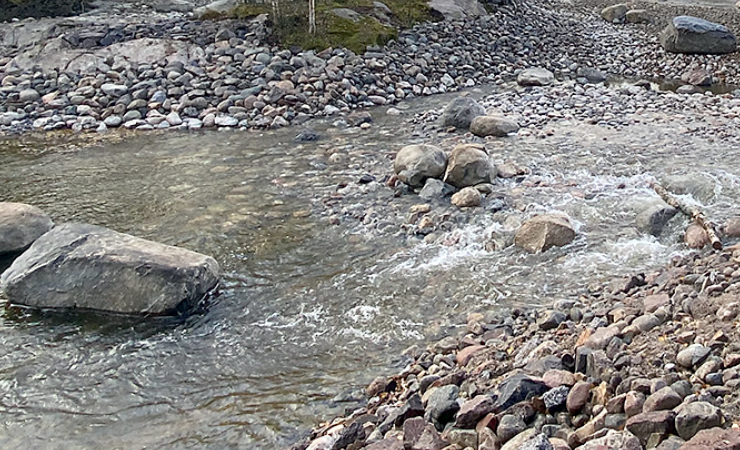Finnish forestry and forest products company UPM has introduced a stream water programme as part of its 2030 environmental targets.
Promoting biodiversity is at the core of UPM’s 2030 environmental focus areas, as the company works to minimise the effect of its operations on forests, waterways and local nature in Finland. As part of its wider water biodiversity work, the stream water programme aims to release or restore 500km of stream waters by 2030. The migratory fish programme launched by UPM in 2016 will be integrated into the stream water programme.
The biodiversity of inland waters not only concerns migratory fish, but also entails the restoration of the habitats of other endangered species such as the green club-tailed dragonfly, freshwater pearl mussel and thick shelled river mussel. As stream waters form a bridge between different habitats, free-flowing water is important for the vitality of stream water ecosystems, the company stated. Two projects forming part of the programme – the Sapsokoski and Arvajankoski rapids – were completed in the autumn of 2022. At both sites, old dams were dismantled and the rapids were restored, freeing up stream water routes and offering new spawning areas for migratory fish.
Mikael Rytkönen, environmental manager at UPM, said, ‘Our stream water programme promotes biodiversity through the removal of migratory barriers such as defunct dams and the replacement of old culverts with new ones, as well as by restoring rapids and streams to their natural state. We are also participating in pilot and research projects in cooperation with local expert organisations, companies, and local centres of economic development.’
The verification and monitoring of released and restored stream waters as part of UPM’s programme is based on the Finnish Environment Institute’s geospatial data. The baseline year for the 500km goal is 2015. New sites are being identified for inclusion in the stream water programme. Primary restoration sites are in areas owned by UPM or close to UPM’s hydropower plants.


